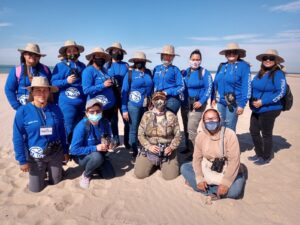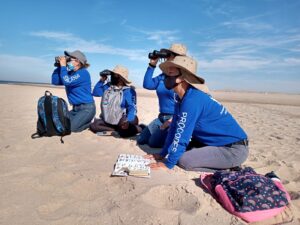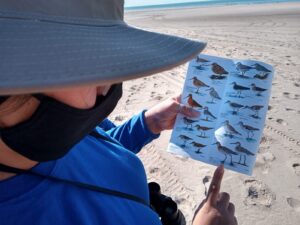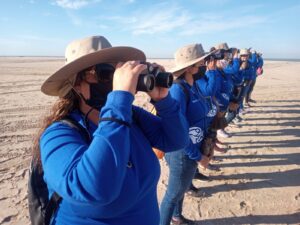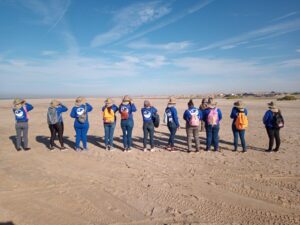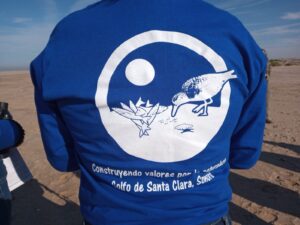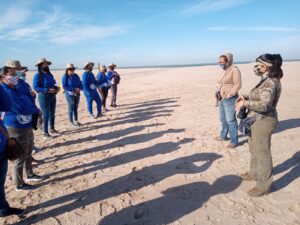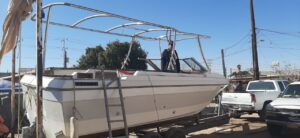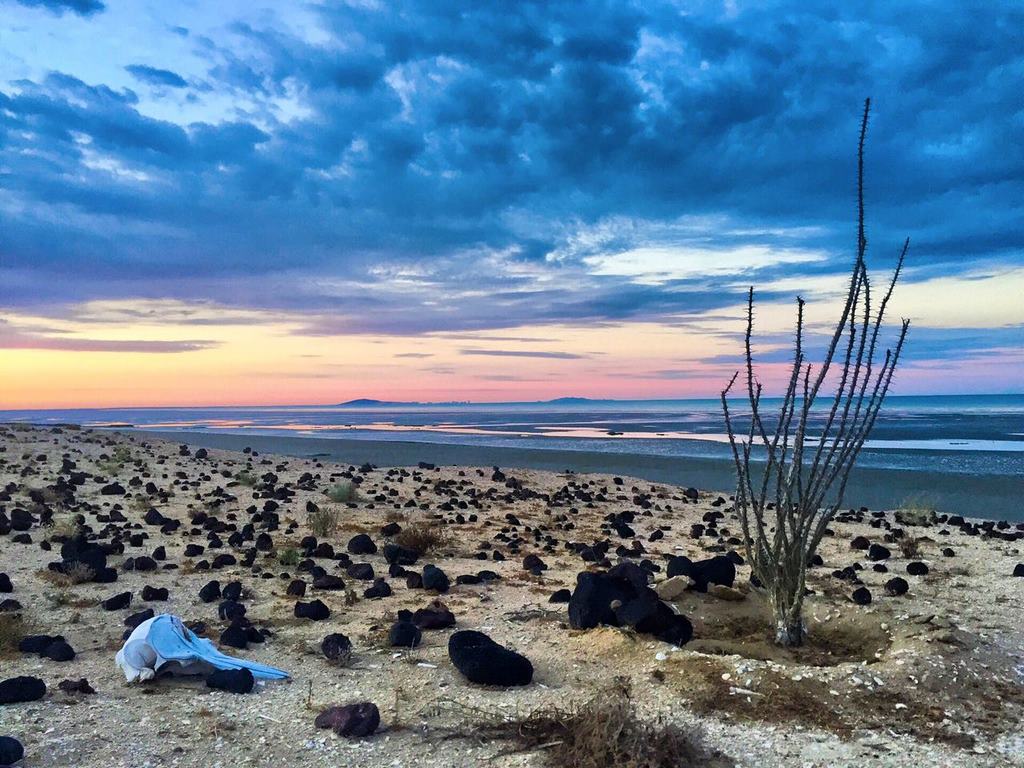
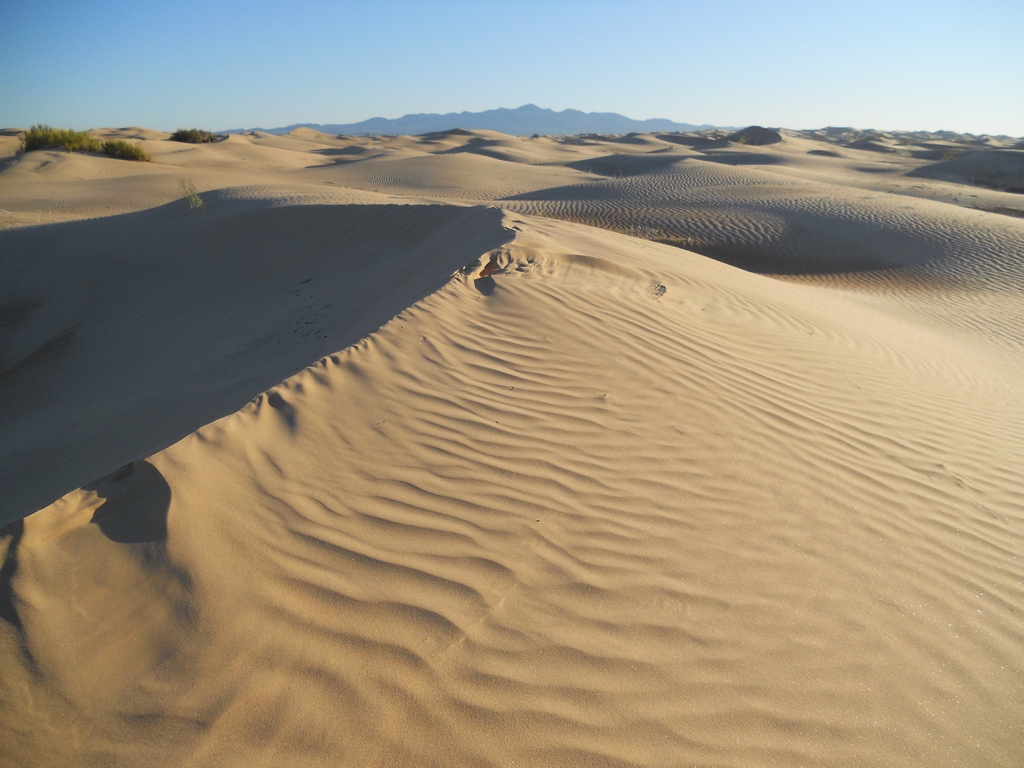
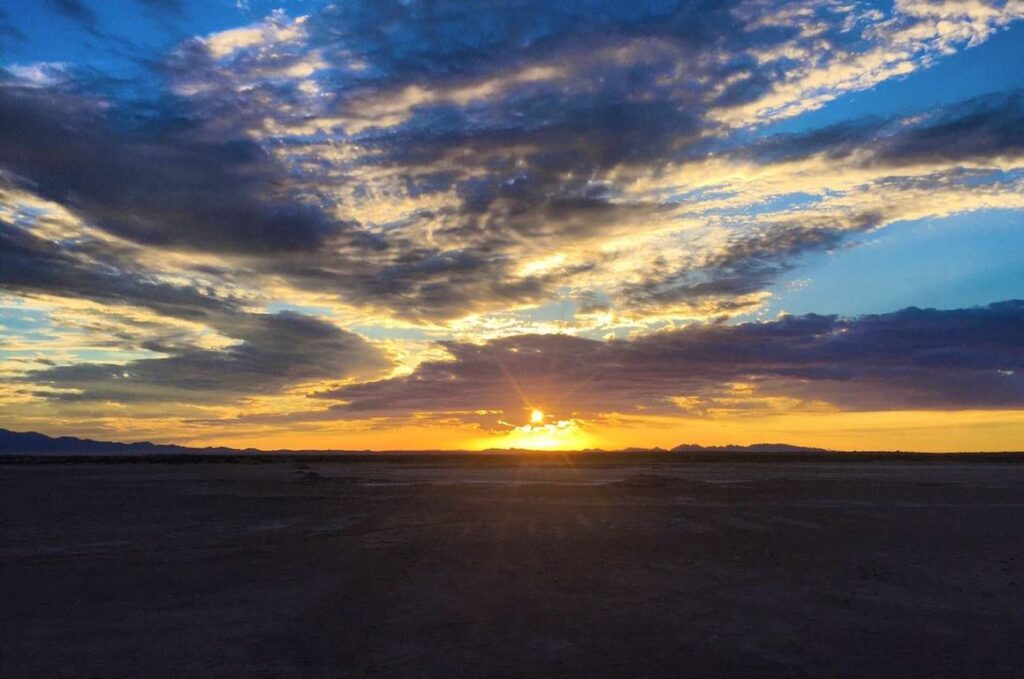
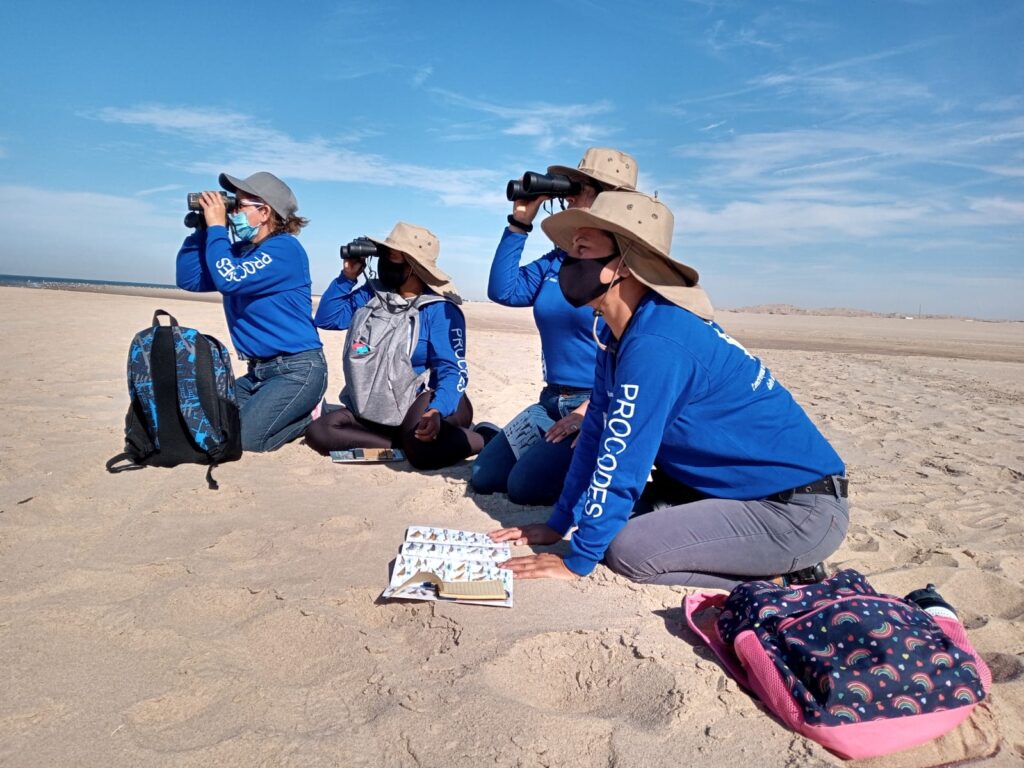
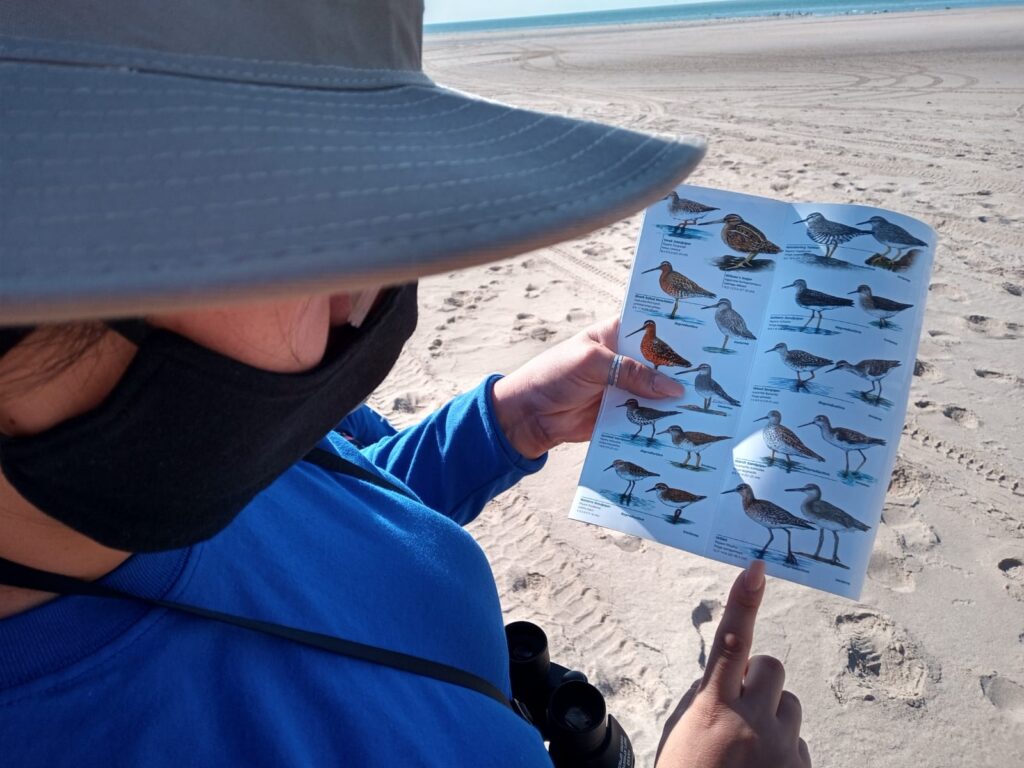

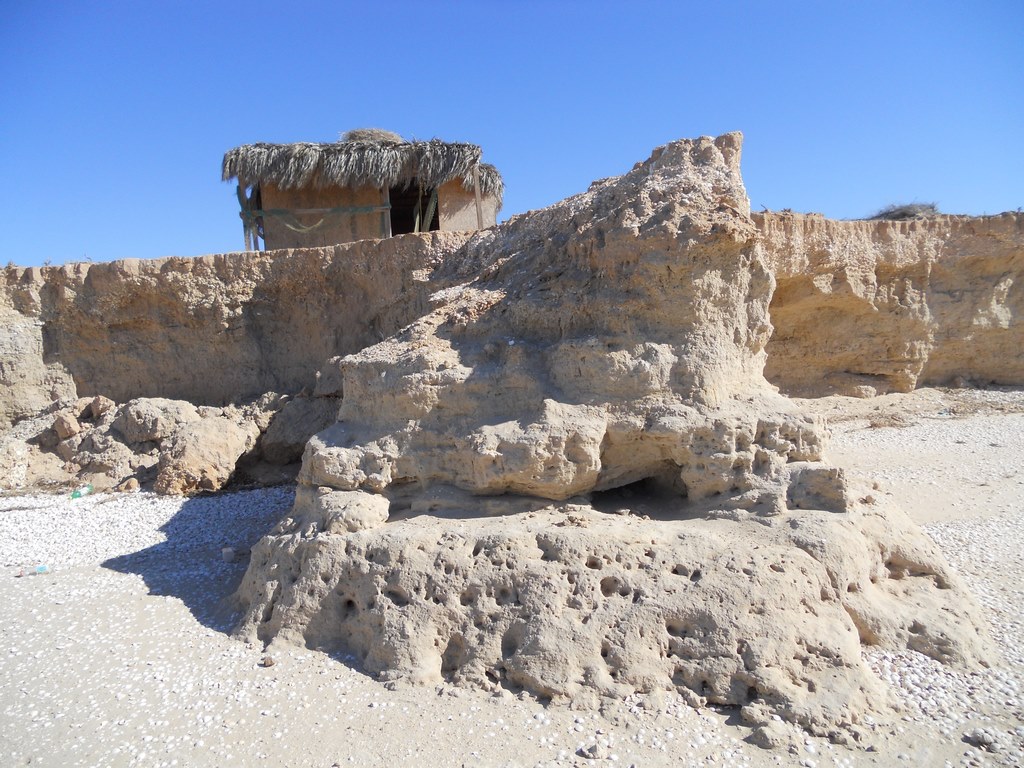
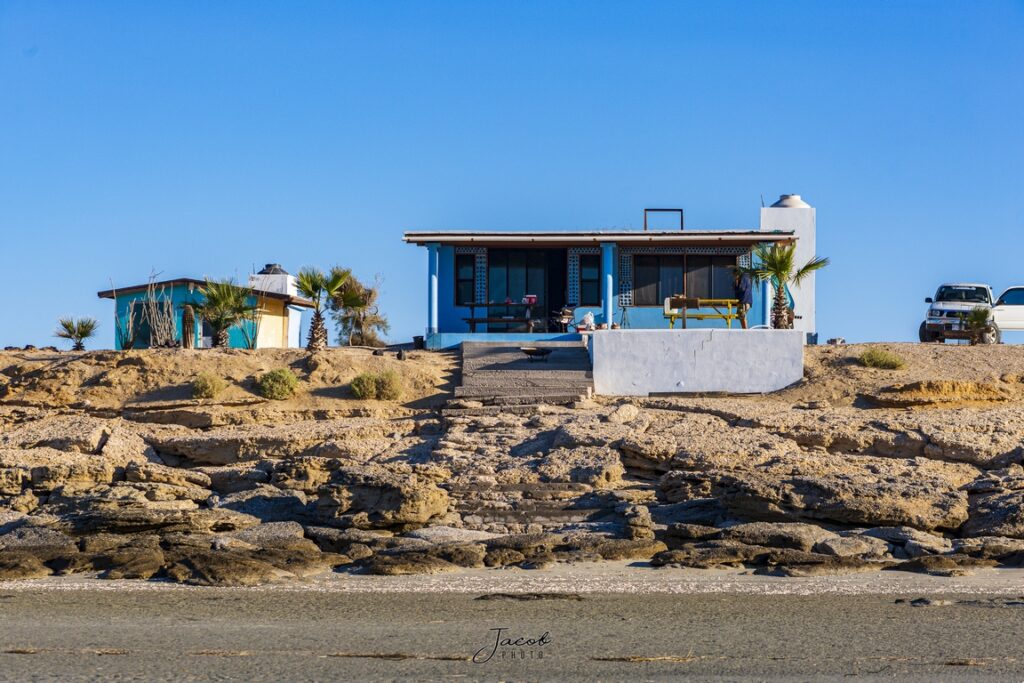
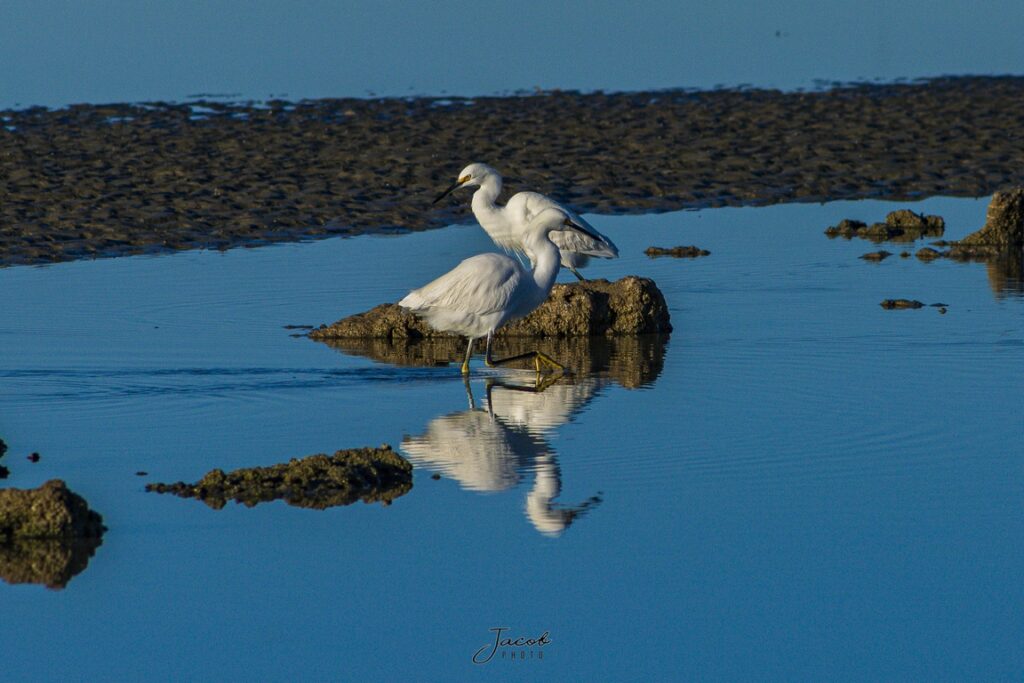

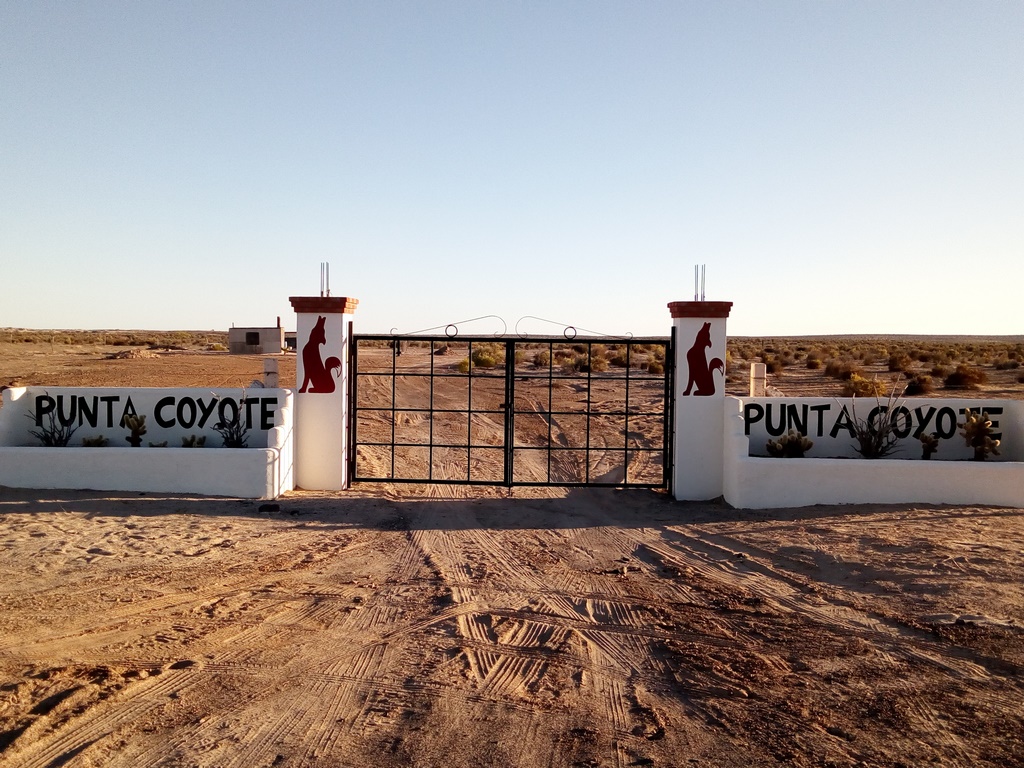
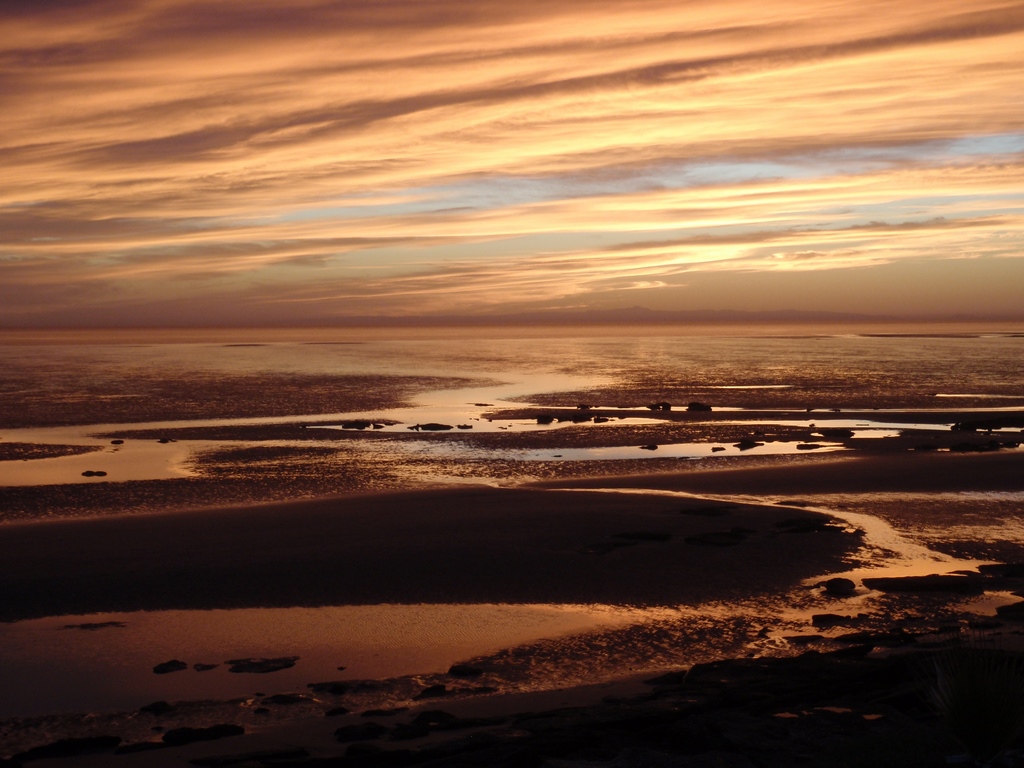

UPPER GULF OF CALIFORNIA BIOSPHERE RESERVE AND COLORADO RIVER DELTA
HISTORY
It was declared a Biosphere Reserve on June 10, 1993 with an area of 934,756 hectares of which about 70% is coastal-marine zone and the rest is desert and wetlands. Fishing is the main productive activity, although today tourism competes as the second most important economic activity in terms of income generation. The reserve is one of the highest priority Natural Protected Areas in Mexico and is part of several national and international agreements for the protection of wildlife, such as UNESCO's Man and the Biosphere Program and the Ramsar Convention for the protection of wetlands of international importance. It is located at the northern end of the Gulf of California and is a reserve shared by the states of Baja California and Sonora in the municipalities of San Felipe, Mexicali, Puerto Peñasco, and San Luis Río Colorado, respectively.
BIODIVERSITY
The extensive coastal-marine zone is characterized by a large number of invertebrates and vertebrates, among which the Totoaba, an endangered fish, stands out, as well as 250 other species of fish. One of the most popular marine fish is the Pejerrey, which comes out by the thousands to the beaches to reproduce during the spring. Among the marine mammals, the Vaquita stands out, the smallest cetacean in the world in danger of extinction and with a distribution restricted to the Upper Gulf of California. The wetlands of the Colorado River Delta are home to more than 250 species of resident and migratory birds, including the endangered Yuma clapper rail, the white pelican, shorebirds, the peregrine falcon, and the osprey. In addition, places like El Doctor and Ciénega de Santa Clara wetlands are home to the desert pupfish, the only species native to the Lower Colorado River. Within the reserve you can find marine vegetation, marshes, dunes, sandy deserts, salt marsh vegetation, and aquatic vegetation. It is estimated that there are 238 species of terrestrial plants, including at least 15 endemic species such as salt grass and dune sweet potato.
ENVIRONMENTAL SERVICES OF THE BIOSPHERE RESERVE
Environmental goods and services are benefits that ecosystems make available to society and nature itself; in the case of the AGCy DRC Biosphere Reserve, the following can be mentioned:
- It is a source of a wide variety of seafood.
- The waters of the Upper Gulf of California are a sink for CO2 (carbon dioxide) thus helping to mitigate climate change.
- Part of the oxygen we breathe comes from the algae that inhabit the waters of the Upper Gulf of California.
- Through its wetlands, the recharge of the aquifers is favored, from which we obtain much of the water we use in our daily lives.
- It has important areas for the reproduction and breeding of commercially important species such as shrimp, among others.
- It is a refuge for endangered species, important for the balance of the ecosystems on which human beings depend.
- It has a large gene pool of plants and animals.
- It provides natural products such as mesquite breast for livestock feed, firewood for household fuel and table salt for our consumption.
- It provides us with beautiful landscapes, resting places and spaces to carry out educational and recreational activities.
RECOMMENDATIONS FOR VISITING THE BIOSPHERE RESERVE
- If you cook, use your field stove or remove ashes and charcoal from the ground and take them with you when you leave the Reserve.
- Walk only on authorized trails.
- Camp only in areas designated for this purpose.
- It is prohibited to take "souvenirs" of the Reserve such as shells, "pebbles", rocks, plants, fossil animals and archeological remains.
- Do not litter, deposit it in appropriate places or take it with you when you leave the Reserve.
- All-terrain vehicles are only allowed in designated areas such as El Machorro.
- Access to Montague/Gore Islands, Pelican and the Colorado River Delta is not permitted without authorization.
- Do not introduce exotic flora and fauna into the reserve.
- Source: CONANP, RBAGC y DRC
